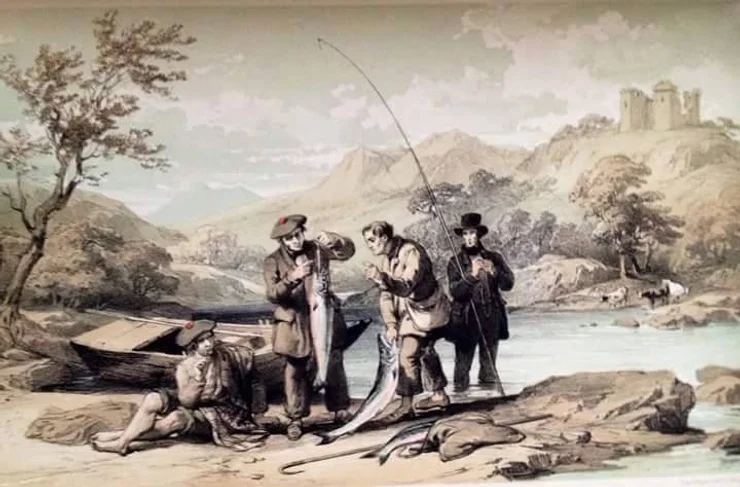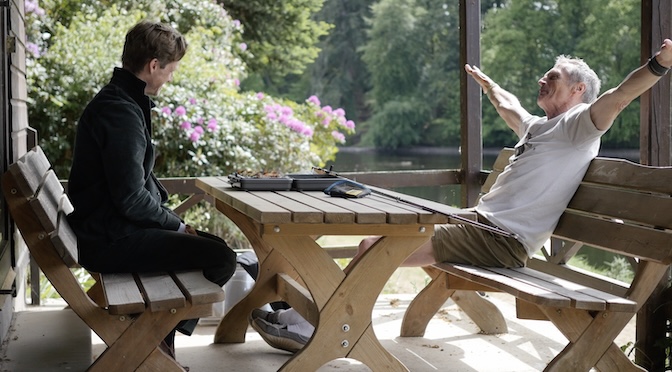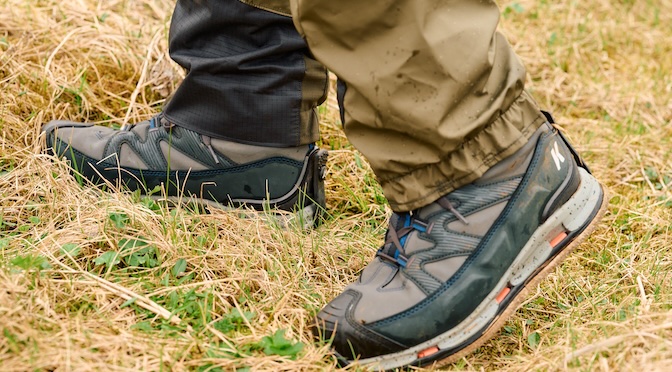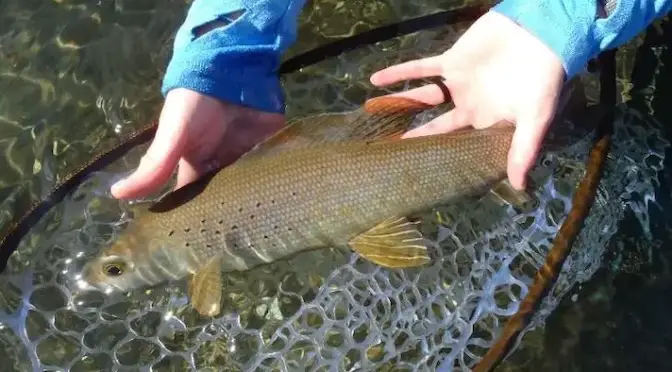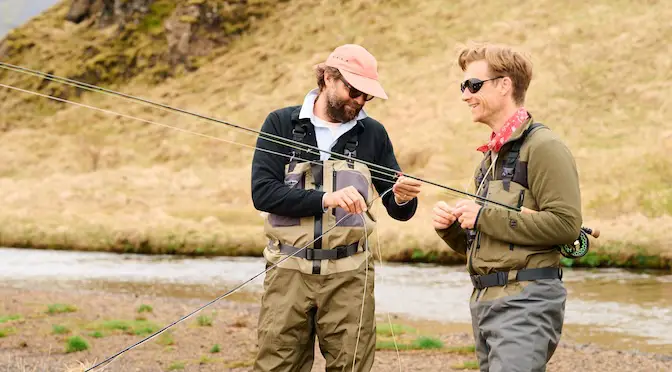Last updated on September 17th, 2024.
- Closing Of Salmon Rivers. Why Could This Have Happened? - June 24, 2024
- The Fascination of Multi Spawning Salmon - April 7, 2020
- What Provides Value to Salmon Fishermen? - January 15, 2018
Sometimes I really despair.
Here we are facing the worst crisis with regard wild salmon, and we continually bury our heads in the proverbial sand.
In 2023, The Norwegian Environment Agency and The Norwegian Scientific Council for Salmon Management [VRL] lamented about a bad year for salmon. In 2023, the total reported Norwegian catch of Atlantic salmon was 70,593, of which 18,826 were released, leaving 51,767 fish killed. What we must remember here is, “those” are fish that have “Made It back.” Those are the mega important ones, the geese that are about to lay the golden eggs. Give the status of salmon stocks, 51,767 dead wild salmon is now simply not acceptable.
To provide some context, the Norwegian Scientific Advisory Committee for Atlantic Salmon has used smolt models to determine the effect of sea lice on wild salmon populations in Norway (VRL, 2020). They conclude that an increase in sea lice due to fish farming have reduced the number of returning salmon by 50,000 for the years 2012 – 2014, 29,000 in 2018 and 39,000 in 2019. The impact of sea lice is most severe in western and middle Norway, and the advisory committee deduced that an increased number of salmon populations are endangered by sea lice and that there is a substantial risk that more populations will be affected in the future.
This all poses a few questions: Which is the greater threat to the future of wild salmon? The killing of 51,767 adult salmon that have made it back to spawn, or the “projected”, loss of 30,000 potential spawners to sea lice? In essence Norwegian scientific advisors are saying anglers are killing 51k and Aquaculture 30k. What we are dealing with here, not hearsay or something that fits the narrative, based on the available science, its cold hard facts.
How can the killing of 51,767 salmon, or loss of 30,000 potential spawners be justified right now? It cannot, is the answer from the Norwegian Government, who’s reaction to the former is to close angling on 33 rivers where, currently, not enough salmon are returning and too many salmon are being killed. In this case they have used the available science and acted in the most draconian way. I wonder what plans they have to deal with the potentially 30k killed by the impact of aquaculture? It also begs the question, how many Scottish fish are lost in the same way? Do we have similar science here in Scotland? My guess will be no but we will have plenty opinions.
The decline in wild salmon numbers over the past 20 years has seen a monumental shift in how they are managed in both Scotland and Iceland with catch and release being the norm when fishing for Wild Atlantic Salmon. At this moment in time, I see both Scotland and Iceland as being “responsible,” or as responsible as they can be in their approach to this whist keeping angling, and all the associated businesses reliant on it workable.
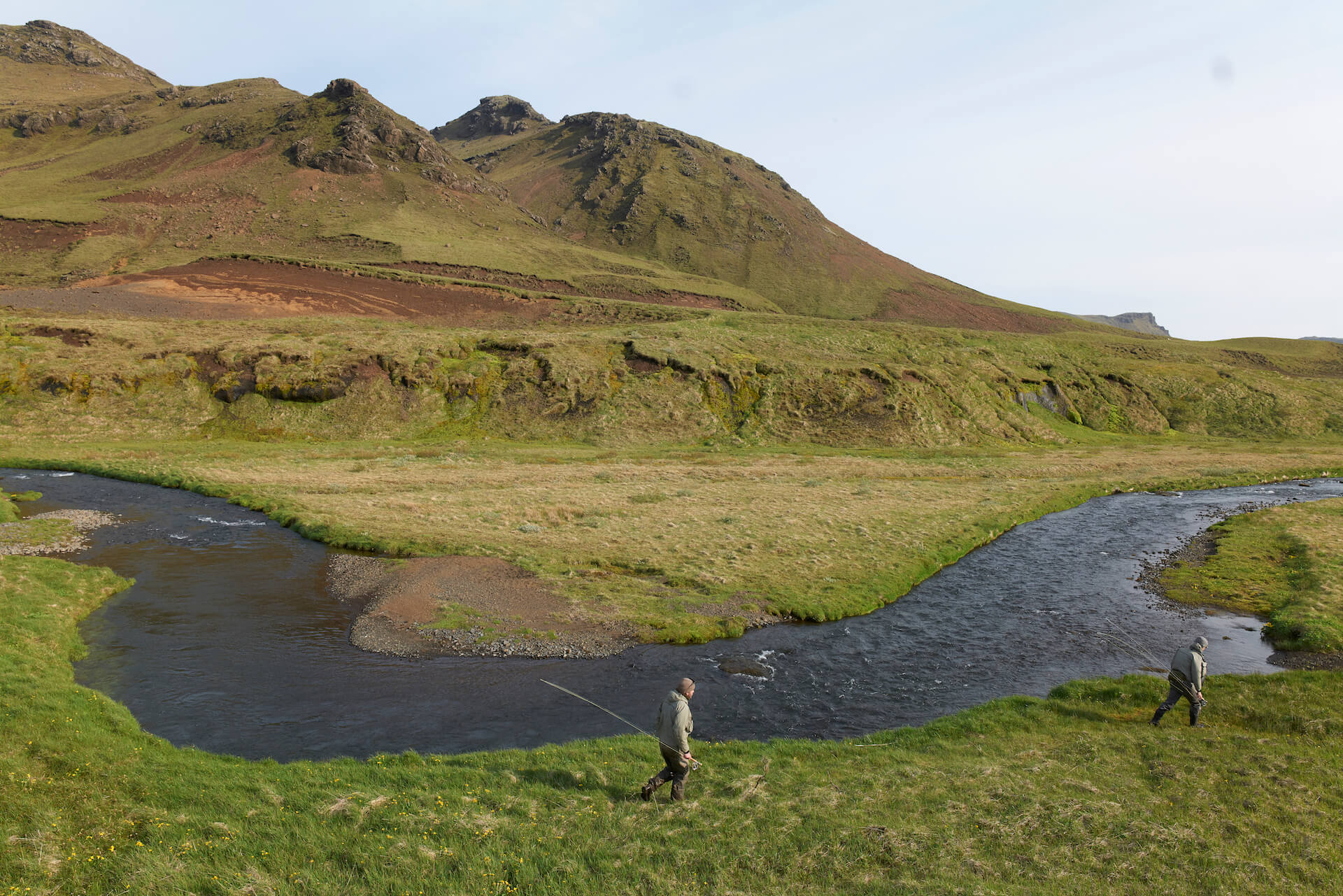
Because Norway is behind the UK with regard the curve of decline, there is no doubt in my mind that if this had been in place in Norway “during the past 20 years” we would not be talking about river closures at this time. I have seen this play out on rivers like the Alta where at the height of the season when big fish arrive, the syndicate fishing there practice responsible fishing hours along with 100% catch and release.
That said, in Scotland, Catch and Release is the last in a lengthy line of measures implemented by the angling community to ensure fish entering our rivers reach the spawning grounds whilst, as mentioned before, keeping angling open. However, as with all earlier measures, this was never going to “stop” the decline, everyone knows the “cause” of multifaceted and that catch and release was only ever going to buy us some time!
Each salmon producing country needs to face up to their responsibilities and at this moment protecting both the 51,000 and 30,000 is paramount. Anglers can do something about the former but it’s up to government to deal with the latter. This would be both reasonable and responsible.
In Iceland for instance, they manage their rivers much better way than we do in the UK and the rest of Europe. Hopefully, our friends in Norway, who still have some fish and a little time, can take their lead from Iceland going forward. They have decent numbers of salmon there but have strict regulations of how the resource is managed.

The decline is real and its time for us all to get real before this iconic species becomes nothing but a memory. Killing 51,000 salmon right now is unacceptable and before pointing the finger anglers must face their responsibilities.
Ian Gordon is a world renowned salmon fishing instructor and guide. Learn more him here.

